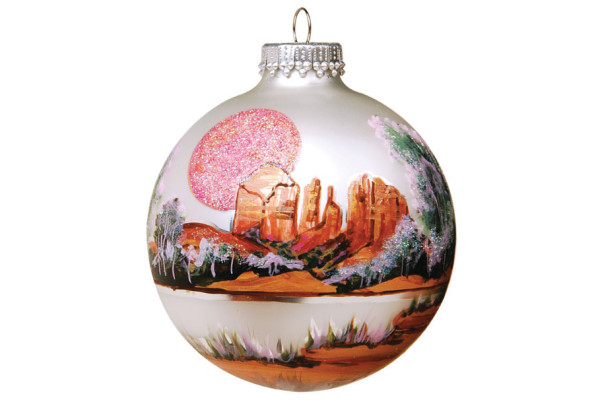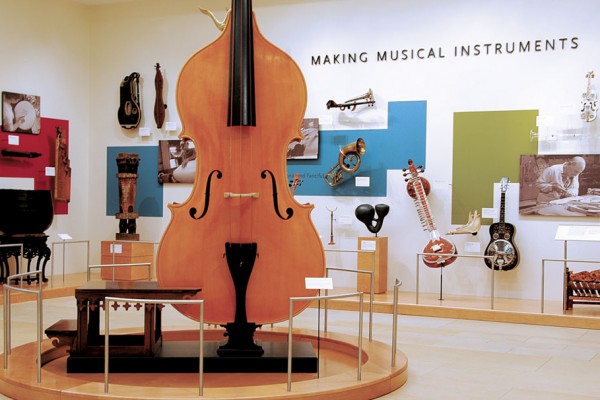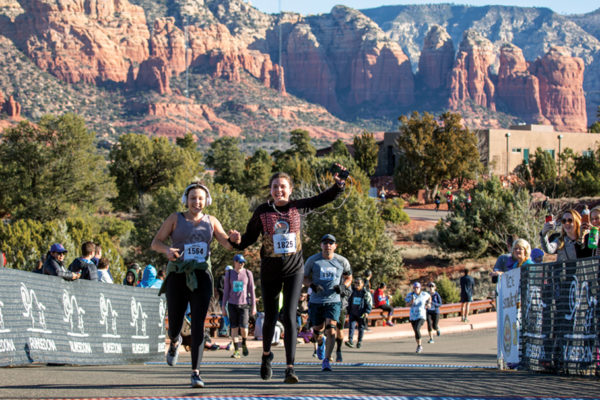Continued (page 7 of 13)
On the set, you had veteran actors working with a first-time director. What was the mood like?
It was wonderful. It was a truly collaborative experience, and that always comes from the top. We brought the movie to Pierce Brosnan as an actor and executive producer. From the get-go, it was about working as a team. Susan [Sarandon] has worked on so many movies and every type of film – a lot of independent movies. She thinks carefully before she gets involved in a movie. She had a couple of meetings with Shana before she committed to the movie to make sure she could work with her. There was an understanding that the director is the leader. Both [Pierce and Susan] were very respectful and collaborative. That’s why the movie works so well.
Explain to us the role of the producer.
In today’s world, a producer has to do everything. There are different types of producers, and it’s evolved over the years. The type of producer I am is someone who raises money, works closely creatively with the director, helps with the cast, helps put the talent together, manages the team, oversees the distribution plan and the festival plan, oversees the marketing – from my standpoint, it covers everything. I’m on set every single day, sitting at the monitor next to Shana. You’re there to do everything.
The Greatest has an amazing cast. What was your role in casting?
It varies from movie to movie, and on this movie I was very involved from day one primarily because this was Shana’s first feature. In terms of attaching Pierce and Susan, we went through an agency and got them both to read to get them excited and passionate. Part of my job is to help sell the fact that I believed in Shana because I have produced movies in the past that have had first-time directors. The role of the producer is to be an enabler. You’re not trying to overshadow someone’s vision – you’re trying to help them achieve their vision because you have more experience, and you know how to give them all the pieces they need.
You seem to gravitate toward indie films. What is your opinion, from a producer’s point of view, of independent films vs. Hollywood blockbusters? What role do film festivals play in the art of cinema?
I think that the worlds are merging. Just because something is independent doesn’t mean it’s not commercial. Sometimes it means the movie has a smaller audience and therefore you have to be more creative in the way you reach the audience. Independent films are really about the filmmaker and the filmmaker creatively driving the vision of the film, which is different from a Hollywood movie that could be put together by a studio that then hires a director. [With indies], the director doesn’t necessarily have to have written the screenplay, but they take ownership over it and the story and the movie.
Shana Feste: The Greatest
First-time director Shana Feste has a remarkable story. She writes a screenplay while working as a nanny, manages to cast two A-list actors as well as one of Hollywood’s rising stars, and premiers the film at the Sundance Film Festival. Not too bad for a woman who got her start touring with the Young Professionals Actors program when she was 11. Shana called Sedona Monthly from Nashville and the set of her latest film to talk to us about The Greatest.
Sedona Monthly: The first two or three minutes of this film have to be some of the most startling moments in film history. Tell us about the decision to start the film the way you do.
Shana Feste: As a writer/director, it’s surprising when something you wrote isn’t quite working the way you thought it would. The movie was very different when I wrote it. Bennett and Rose’s relationship happened in the first 15 minutes. In the script, it was interesting that way, but when we got into the cutting room, something that worked well on the page didn’t work as well in the movie. So we decided to break up the story and tell it backwards throughout the film. When something isn’t working, you can’t hold on to it. You want to fight for your words, but as a director you have to know when something isn’t working. I’m really proud of the beginning.
You are also the film’s writer. Tell us how the story came about?
I wrote the story while I was working as a nanny for a baby named Ruby. When she took a nap, I’d take out my notebook and write the story. She definitely inspired me. I don’t have kids of my own, but holding a baby and writing about the loss of a child takes you to deeper places. I wanted to write something with strong roles. As a filmmaker, I used to work at an agency, and I knew the only way to get movies financed – dramas especially – is by attracting a good cast. My goal was to write a strong, character driven drama.
This is the first movie you have directed, correct? How did you manage to land such accomplished actors?
Yes, it was my first. The first step was getting the script to [the actors] and having them respond positively to the script. Pierce and Susan have both said these were roles they responded to immediately. I had to meet with them, and as a first-time director, you really have to pitch your vision in a very passionate way. I printed out homemade storyboards. I had color palates for the film. I tried to present them with an articulate package. But not a lot of actors at Pierce and Susan’s level will consider working with a first-time director. But they like taking risks, and they love to be part of something they believe it. They took a huge risk. Anytime you do a movie with a director, you are putting part of your career in their hands.



